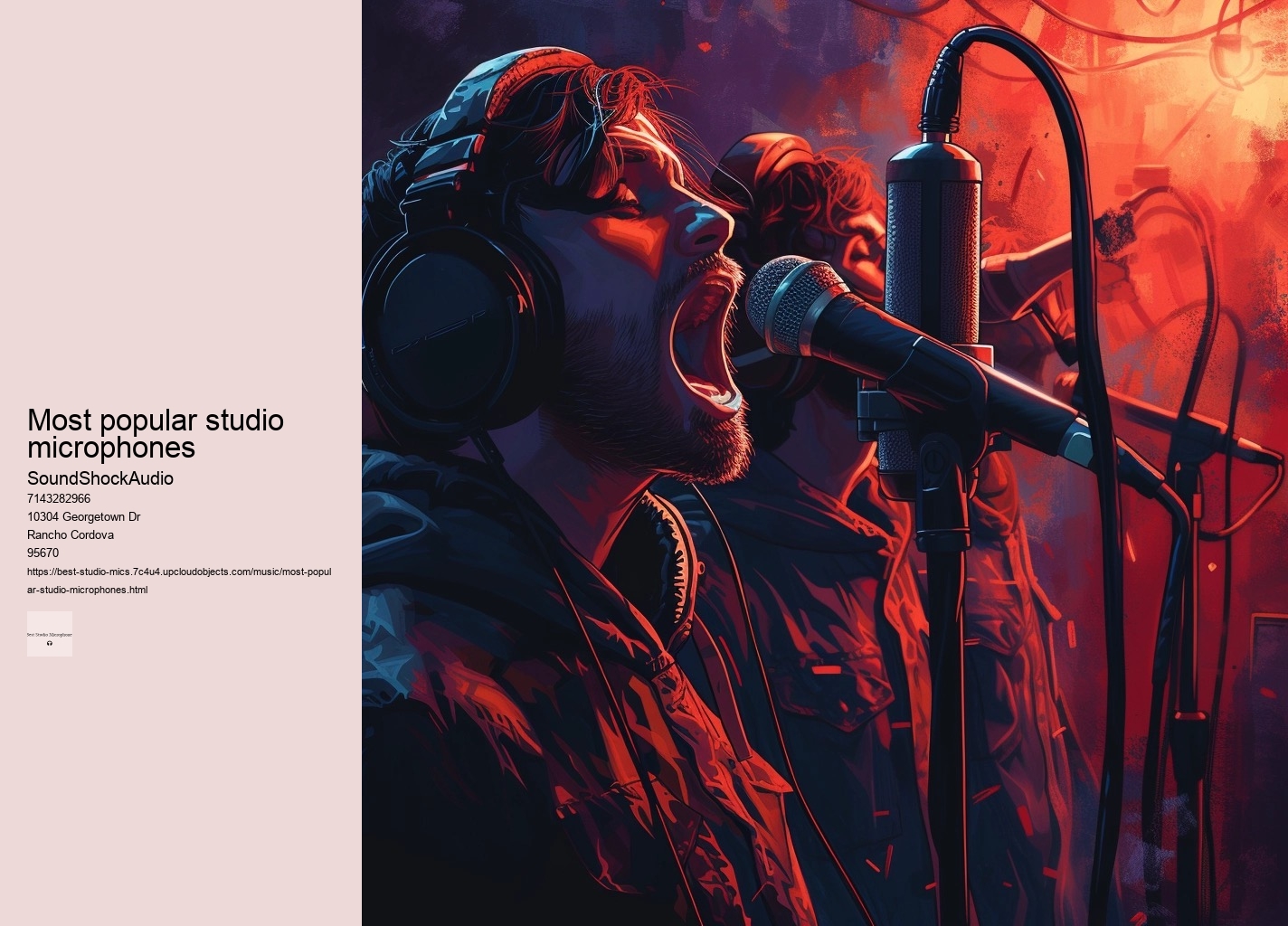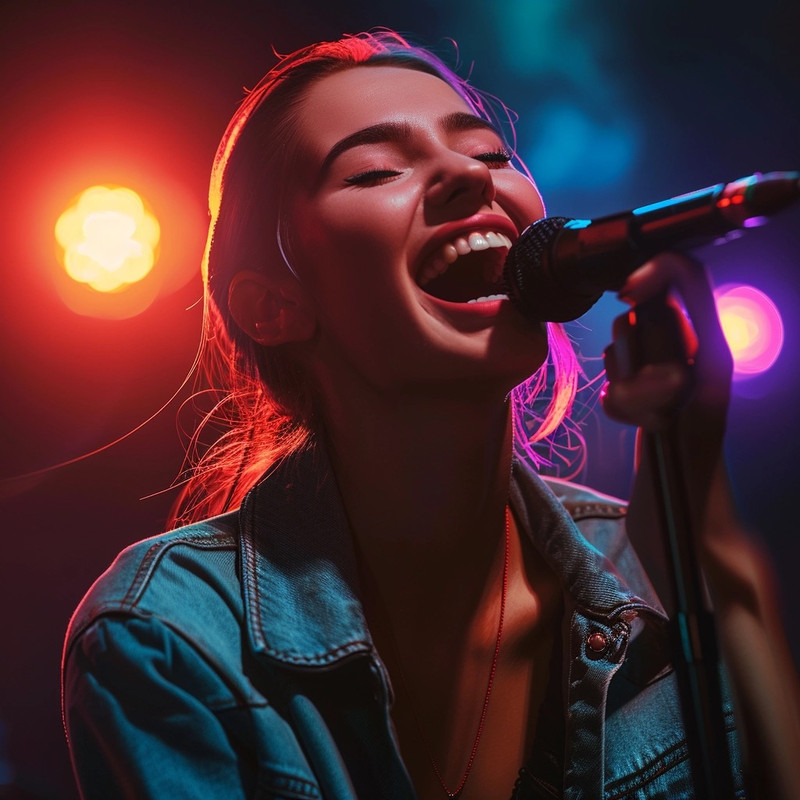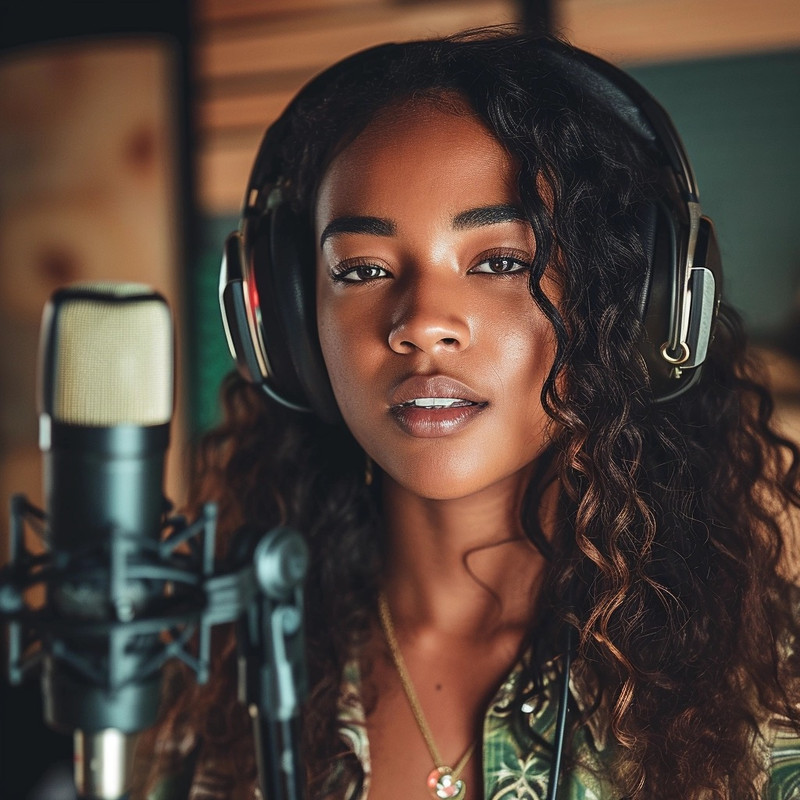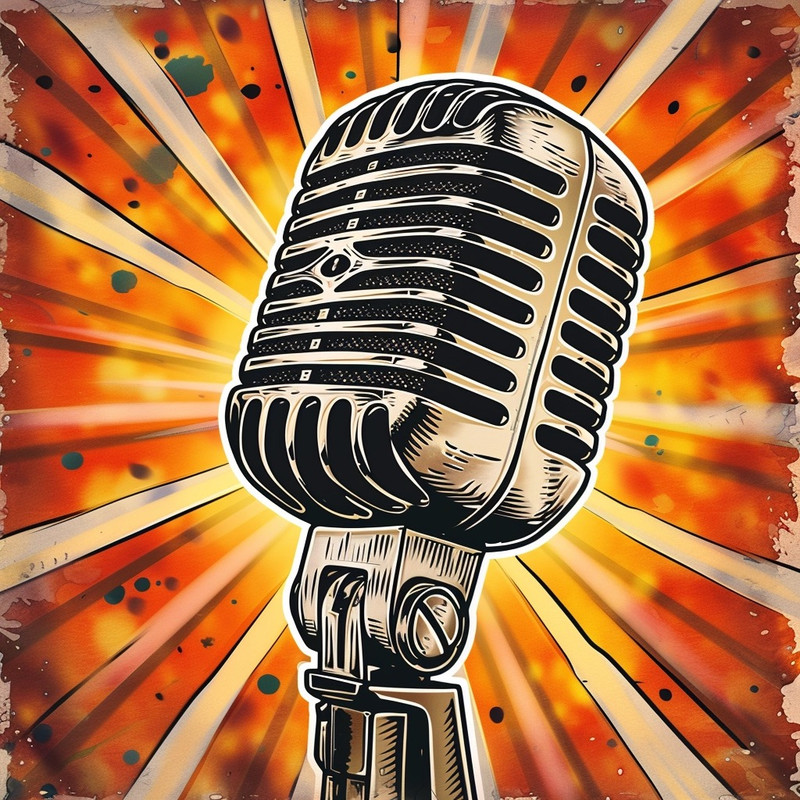

You might consider a USB microphone if you are recording on a computer in your home studio. Without their subtle yet crucial amplification, even top-tier microphones would fall short in capturing the full spectrum of sounds required for flawless recordings. However, certain recording scenarios might benefit from mics with tailored responses to emphasize desired tonal qualities. Understanding these nuances allows content creators and audio professionals to make informed decisions resulting in pristine audio captures true to their artistic vision.
In conclusion, this article serves as a roadmap guiding you through the intricate landscape of microphones tailored towards acquiring impeccable sound quality in recordings—ultimately equipping you with knowledge required to make informed decisions in pursuit of auditory excellence. To summarize this nuanced decision: achieving professional-level audio requires meticulous microphone selection—one that considers application specificity, pattern directionality, diaphragm size—and sometimes prioritizes long-term artistic investment over immediate cost-saving.
The essence of clear, crisp sound cannot be overstated; it can make or break the success of a project. To find out which microphone to buy, check out the best studio microphones on SoundShockAudio.. However, with the vast array of microphones available on the market, ranging from budget-friendly workhorses to high-end marvels of engineering, navigating through options can be daunting.
This mic is the large diaphragm, condenser microphone that won a TEC Award at NAMM in 2022.
It's more in the upper mids. Decide how much money you are willing to spend on a studio microphone.
The polar pattern of a microphone determines the way the capsules within the mic picks up sound. Mics with cardioid patterns are sensitive at the front, and do not pick up sounds from behind. In live settings where ambiance and audience reactions are part of the desired capture, omnidirectional or bidirectional microphones might be summoned for their panoramic audio embrace. Its cardioid pattern isolates speech effectively and its robust build makes it a stalwart against rough handling and plosive sounds.
Condenser mics convert sound waves to electrical energy when the diaphragm vibrates on the microphone's backplate. In essence, preamplifiers are the hidden alchemists of sound production—masters at turning leaden silence into golden tones.
Peer experiences guide informed decisions by highlighting which models truly stand out in practical recording scenarios. The R-121's frequency response is consistent, even when the microphone is moved away from the source.
This microphone has a smart knob that allows you to monitor and adjust the voice levels in real time.


Vintage units can be used to add instant vibes to tracks. In conclusion, when pondering how best to elevate your recordings to professional heights, remember that microphones yearn for worthy partners in preamps and audio interfaces. Plosives present another challenge. A proximate position may yield a rich, robust timbre, while an extended separation might engender a more attenuated and ambient tonality.
It's a durable and detailed mic. Through comprehension and manipulation of distance and angle relative to the sound source, audio artisans can harness these variables to enrich recordings with desirable acoustic textures that elevate them from mundane captures to exemplary auditory experiences.
It sculpts the sonic environment using absorbers to dampen reflections and diffusers to scatter sound waves evenly. Renowned for its detail and warmth across various recording applications—from voice-over work to orchestral ensembles—this microphone embodies an unparalleled commitment to audio fidelity.
Remember that placement is critical: indiscriminate scattering of these treatments will not guarantee improved acoustics.
Picture two performers facing each other over such a mic—a duet ensues where each note is caught in this bidirectional dance but stray echoes from beyond this intimate axis falter and fade away. Lastly, budget considerations are important but investing in a higher-quality microphone may yield long-term benefits through superior sound clarity.

By defining your sonic goals early in the production, you can choose the best kit to meet those objectives. In essence, capturing studio-quality sound is less about owning top-tier microphones and more about cultivating an environment that fosters relentless experimentation—an endeavor where every failure leads closer to perfection and every success inspires further innovation.
It's about understanding the unique sonic characteristics of each piece of equipment and how those nuances can enhance or detract from your specific project. Here, dynamic microphones like the Shure SM7B reign supreme. For vocal recordings particularly, employing a pop filter will aid in eliminating plosives—those harsh "p" and "b" sounds—that can cause spikes in your audio levels. It will make you sound rich, warm and clear.
Streamers need versatility along with excellent audio fidelity since they often engage in both speaking and gameplay sounds simultaneously. Its built-in pop filter and shock mount contribute greatly to reducing unwanted noise, thus ensuring pristine takes even in less-than-ideal acoustic environments.
Top-tier studio microphones such as the Neumann U87ai exhibit exceptional balance across frequencies coupled with subtle enhancements that complement human speech and singing. Microphone Placement TechniquesIn the quest for capturing studio-quality sound, one cannot simply rely on high-end equipment alone; microphone placement techniques are equally crucial.
Rode NT1 microphones are good for recording vocals as well as instruments.
The cost of a good microphone can vary widely depending on its intended use, brand, and features, but generally, for a decent quality mic suitable for podcasting, streaming, or basic recording, you can expect to spend anywhere from $50 to $200. For professional-grade studio microphones, prices can range from $300 to over $1000, reflecting the higher quality and capabilities they offer.
Rihanna, like many professional recording artists, has been known to use a variety of high-quality microphones throughout her career, depending on the specific requirements of each recording session or live performance. One of the microphones she has been spotted using is the Neumann U 87, which is renowned for its warm sound and versatility in capturing vocals with clarity and detail.
Kanye West has been known to use a variety of microphones throughout his career, but one of the most notable is the Sony C800G, a high-end tube condenser microphone famous for its use in professional recording studios. Additionally, he has also been spotted using the Neumann U87, another industry-standard microphone known for its versatility and exceptional sound quality. These microphones are favored for their ability to capture the clarity and nuances of vocal performances, making them a top choice for many artists, including Kanye.
Most artists and recording studios commonly use the Shure SM7B. This microphone is highly regarded for its versatility, durability, and ability to capture clear, detailed vocals and instruments across various genres. Its popularity is also due to its excellent performance in both professional studio settings and home recording environments.
Adele has been known to use the Neumann U87 microphone for studio recordings. This microphone is highly regarded in the music industry for its warm sound and versatility, making it a popular choice among professional singers and recording artists.
Billie Eilish has been known to use the Neumann TLM 103 microphone for her vocals. This microphone is favored for its ability to capture the clarity and detail of her voice, making it a popular choice among professional recording artists.